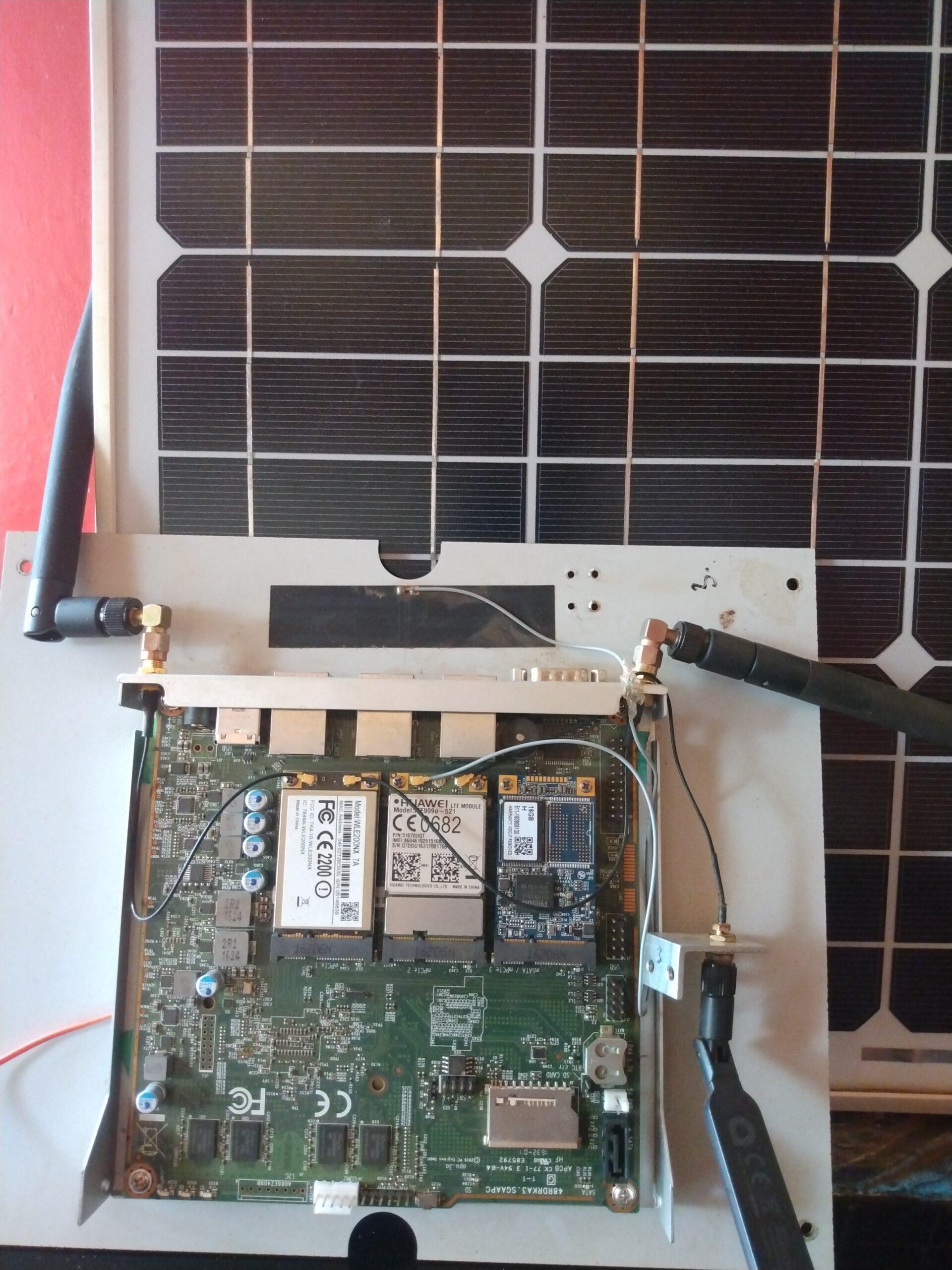Q&A with the Winners: Henri Nyakarundi
In this Q&A, Henri Nyakarundi talks about his team’s solution — Solar Powered Distributed Cloud Infrastructure — which won the 1st Place, Technology Applications Proof of Concept prize in the 2022 Connecting the Unconnected Challenge.
1.Please summarize your winning solution

ARED is revolutionizing the way we think about infrastructure. As a distributed IAAS and PAAS solution using edge gateways, ARED offers an all-in-one storage, computing, and network WIFI solution that is both easy to deploy and maintain. With the help of AI, the deployment, maintenance, and monitoring of applications have never been easier.
ARED provides numerous key benefits that set it apart from other infrastructure solutions. The deployment of ARED is both easy and cost-effective, making it accessible to businesses of all sizes. Building applications on ARED’s infrastructure is also low cost, providing even more savings to businesses. With ARED’s infrastructure located close to the user, the distribution of applications is made even more accessible, reducing the digital access cost for users.
Not only is ARED a cost-effective solution, but it is also eco-friendly. Unlike other infrastructure solutions, ARED does not require water for cooling, making it a sustainable option for businesses looking to reduce their carbon footprint.
Overall, ARED is changing the game in terms of infrastructure solutions. With its ease of deployment, low cost, and eco-friendliness, ARED is the future of infrastructure. Get ready to experience a new level of accessibility, affordability, and sustainability in the world of infrastructure with ARED.
2.What is the most unique/innovative aspect about your approach?
The most unique and innovative aspect of ARED’s approach is its combination of IAAS and PAAS with a distributed edge gateway and all-in-one storage, computing, and network WIFI solution. This is made even more innovative through the use of AI for easy application deployment, maintenance, and monitoring. This makes ARED a low-cost and efficient option for deploying infrastructure and building applications, while also reducing the digital access cost to users. Additionally, ARED is an eco-friendly infrastructure due to its distributed architecture there is no need for a cooling system or a massive amount of energy in a centralized system.
3. What did you enjoy most about the CTU Competition and Summit Program?
Networking and meeting other winners and see what they are working on but we hoping for further interaction with IEEE
4.What are your projects plans for the next 12-18 months?

In the next 12-18 months, ARED has some exciting projects in the works. They include finding a new hardware supplier to provide the latest technology for their solution, continuing their expansion plan across Africa, and raising seed capital to further their technology and strengthen partnerships with telecommunications and ISP companies. With these projects, ARED is looking to stay ahead of the game and provide the best possible service to its clients.
5.What is your estimate of the number of people impacted by your program?
ARED is impacting the lives of people every day, with around 500 individuals currently connected to our WIFI solution daily. Our aim is to increase this number significantly by expanding our infrastructure to rural areas and other countries. We believe that the impact of ARED will grow exponentially as we continue to scale our solutions and provide accessible, eco-friendly infrastructure to even more communities.
6. Anything else you would like to share
We are hoping there may be some opportunity to Collaborate with IEEE on research initiatives and also leverage IEEE’s network in connecting with ISPs and telecom companies ARED could partner with to further our infrastructure.


